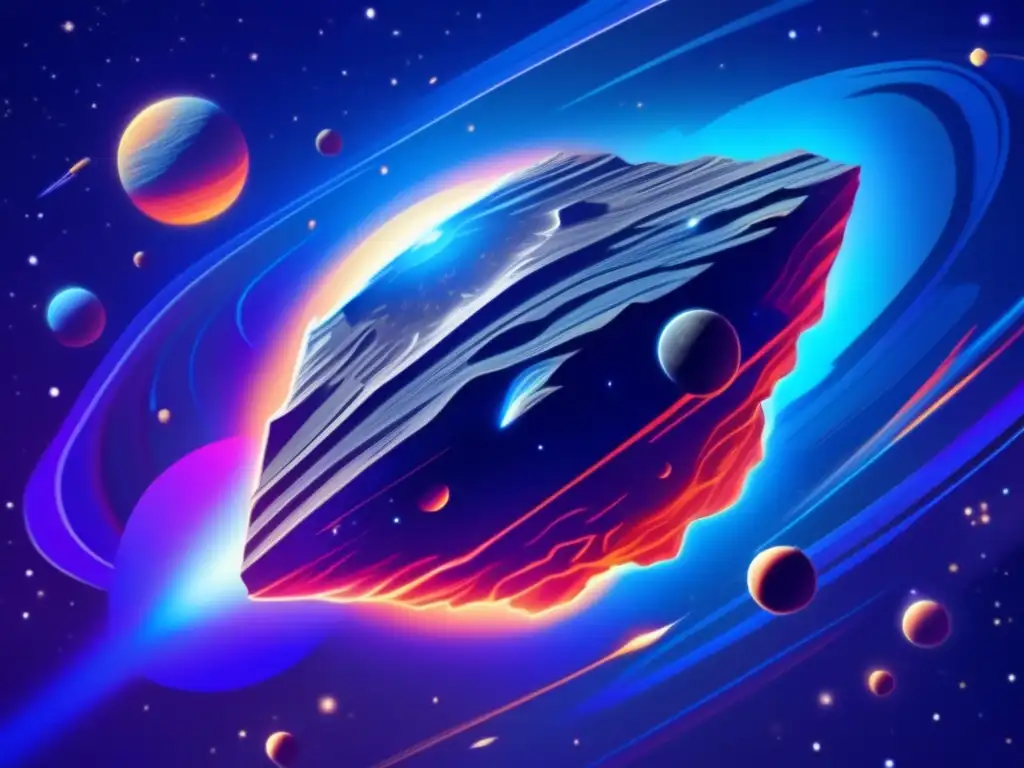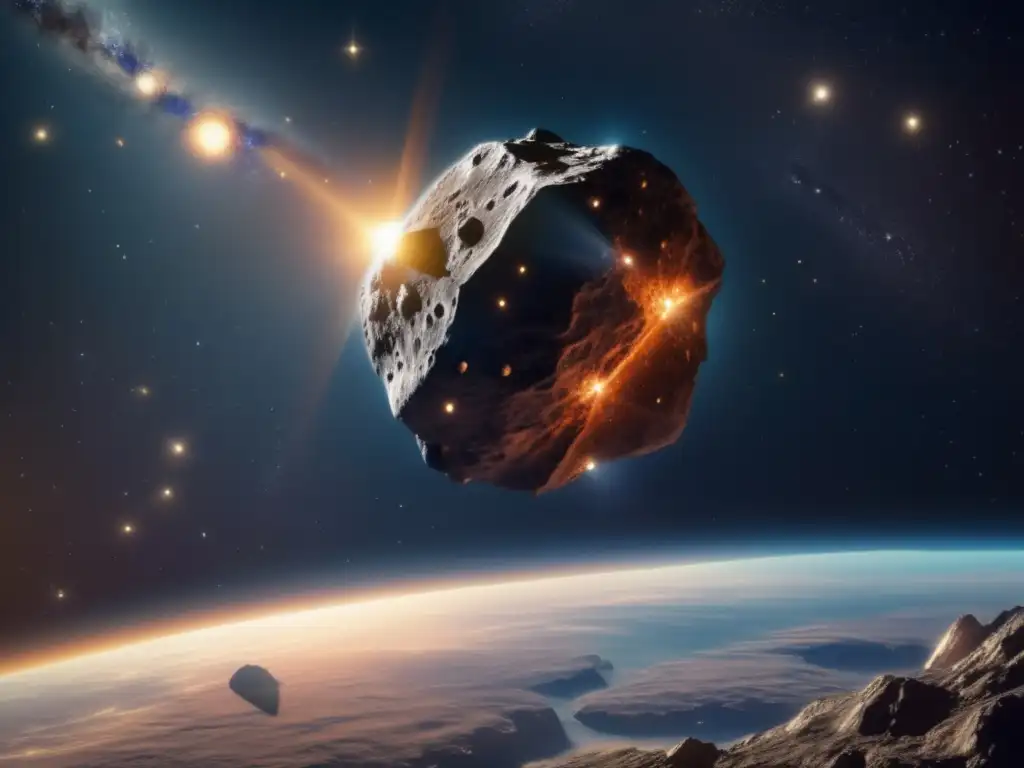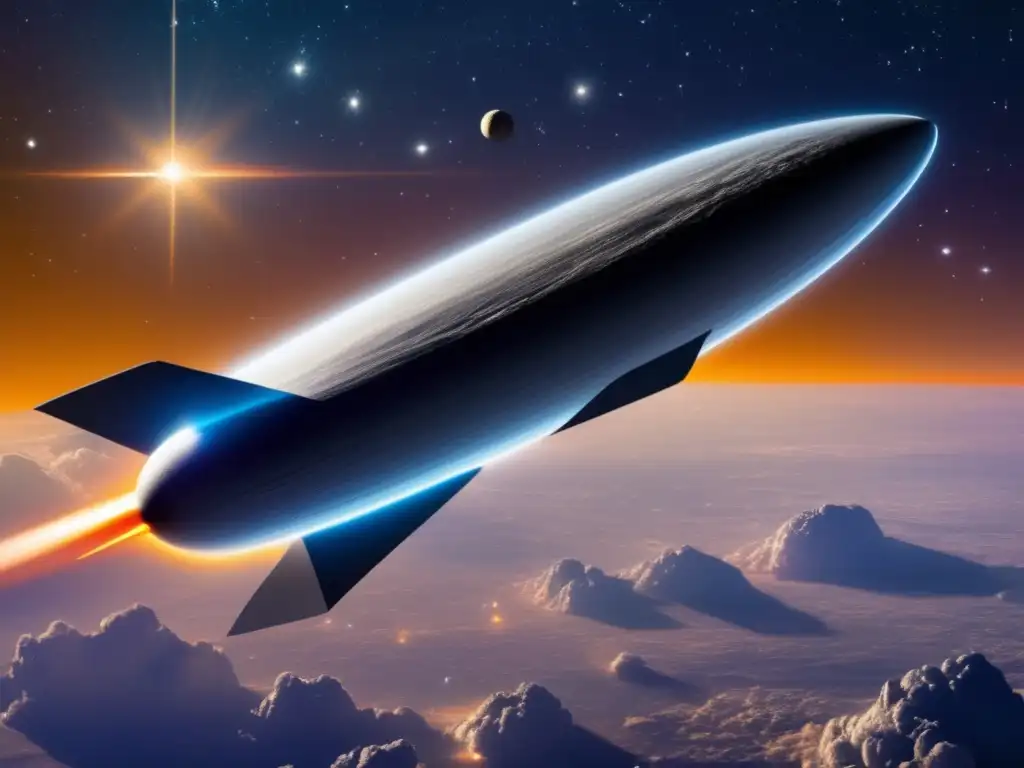The Intriguing Nature Of Asteroid Euphorbus

Introduction
Asteroids, those captivating celestial objects that roam our solar system, have always fascinated humanity. Among them, Asteroid Euphorbus stands out as a captivating and enigmatic entity. In this article, we will delve into the intriguing nature of Asteroid Euphorbus, exploring its history, composition, and significance in the wider study of asteroids.
Discovery and Naming

Discovery
Asteroid Euphorbus was first discovered on November 3, 1875, by French astronomer Paul-Pierre Henry at the Paris Observatory. Henry's keen observation skills and dedication to studying celestial bodies led to the identification of this remarkable asteroid.
Naming
Euphorbus is named after a character from Greek mythology. According to the legend, Euphorbus was a warrior who fought in the Trojan War, known for his bravery and valor. This name choice reflects the strength and significance of this asteroid.
Characteristics and Composition

Physical Characteristics
Asteroid Euphorbus belongs to the Apollo group of asteroids, which are known for their wide orbits that cross Earth's path. With an estimated diameter of approximately 4 kilometers, Euphorbus falls into the category of small to medium-sized asteroids. Its precise shape and surface features remain largely unknown, making it an alluring target for future exploration missions.
Composition
Based on spectroscopic analysis, scientists believe that Asteroid Euphorbus contains various minerals and rock formations, including silicates and carbonaceous materials. These composition details offer valuable insights into the formation and evolution of asteroids, shedding light on the early stages of our solar system.
Significance in Asteroid Research

Scientific Exploration
Asteroid Euphorbus has piqued the interest of scientists and researchers due to its proximity to Earth and its composition. As future space missions continue to evolve, there is a growing interest in studying and potentially sampling asteroids like Euphorbus. These endeavors not only enhance our knowledge of the solar system but also provide significant insights for future space exploration and potential resource utilization.
Impact Potential
Studying asteroids is crucial for understanding their potential impact on Earth. Although Asteroid Euphorbus does not pose an immediate threat, its study contributes to our ability to track, predict, and possibly mitigate the risks associated with near-Earth asteroids.
Mitigating Asteroid Threats

Asteroid Detection and Tracking
Scientists and astronomers dedicate substantial efforts to detecting and tracking near-Earth asteroids like Euphorbus. Advanced telescope systems and space-based observatories play significant roles in identifying potentially hazardous objects. The data collected from studying asteroids help refine our understanding of their trajectories and provide crucial information for possible deflection strategies.
Deflection Techniques
In the hypothetical event of an asteroid posing a significant threat, numerous deflection techniques have been proposed. These include kinetic impactors, gravity tractors, and even nuclear detonations, which can alter an asteroid's path and potentially prevent a catastrophic collision with Earth. Continued research into the field of asteroid deflection is vital for safeguarding our planet.
Frequently Asked Questions

-
What is the significance of Asteroid Euphorbus in asteroid research?
Asteroid Euphorbus holds significance as a target for future scientific exploration and as a subject of research to understand the formation and composition of asteroids in our solar system.
-
What potential threat does Asteroid Euphorbus pose to Earth?
Currently, Asteroid Euphorbus poses no immediate threat to Earth. However, studying it contributes to our ability to track and mitigate potential hazards posed by near-Earth asteroids.
-
How do scientists detect and track near-Earth asteroids?
Scientists employ advanced telescope systems and space-based observatories to detect and track near-Earth asteroids. The collected data aids in refining their trajectories and assessing potential risks.
-
What techniques can be used to deflect an incoming asteroid?
Possible deflection techniques include kinetic impactors, gravity tractors, and nuclear detonations. Each method aims to alter an asteroid's trajectory and prevent a catastrophic collision with Earth.
-
Are there any plans to study Asteroid Euphorbus up close?
While there are currently no specific missions planned for Asteroid Euphorbus, the study of similar asteroids informs future space exploration endeavors and resource utilization possibilities.
Conclusion
Asteroid Euphorbus, with its captivating history, composition, and potential significance for both scientific exploration and planetary defense, holds a special place in the study of asteroids. Its allure and importance remind us of the vast mysteries that lie within our solar system. By continuing to explore these celestial objects, we deepen our understanding of the universe and further our progress in space exploration. Share your thoughts in the comments section and join us in our quest to unravel the secrets of asteroids at www.asteroidrealm.com.
Additional Resources

For those interested in delving deeper into the fascinating world of asteroids, we recommend the following resources:
- Resource 1: Asteroid Composition Analysis - A Comprehensive Study
- Resource 2: The Future of Asteroid Exploration and Mining
- Resource 3: NASA's Near-Earth Object Program
- Resource 4: Introduction to Planetary Defense
 Exploring Toutatis: An Unusual Shaped Asteroid That Nears Earth
Exploring Toutatis: An Unusual Shaped Asteroid That Nears Earth A Comprehensive Look At Asteroid Glaucus
A Comprehensive Look At Asteroid Glaucus Icarus: The Asteroid That Inspired The Torino Scale
Icarus: The Asteroid That Inspired The Torino ScaleIf you want to discover more articles similar to The Intriguing Nature Of Asteroid Euphorbus, you can visit the Asteroid Profiles category.
Leave a Reply

Articulos relacionados: